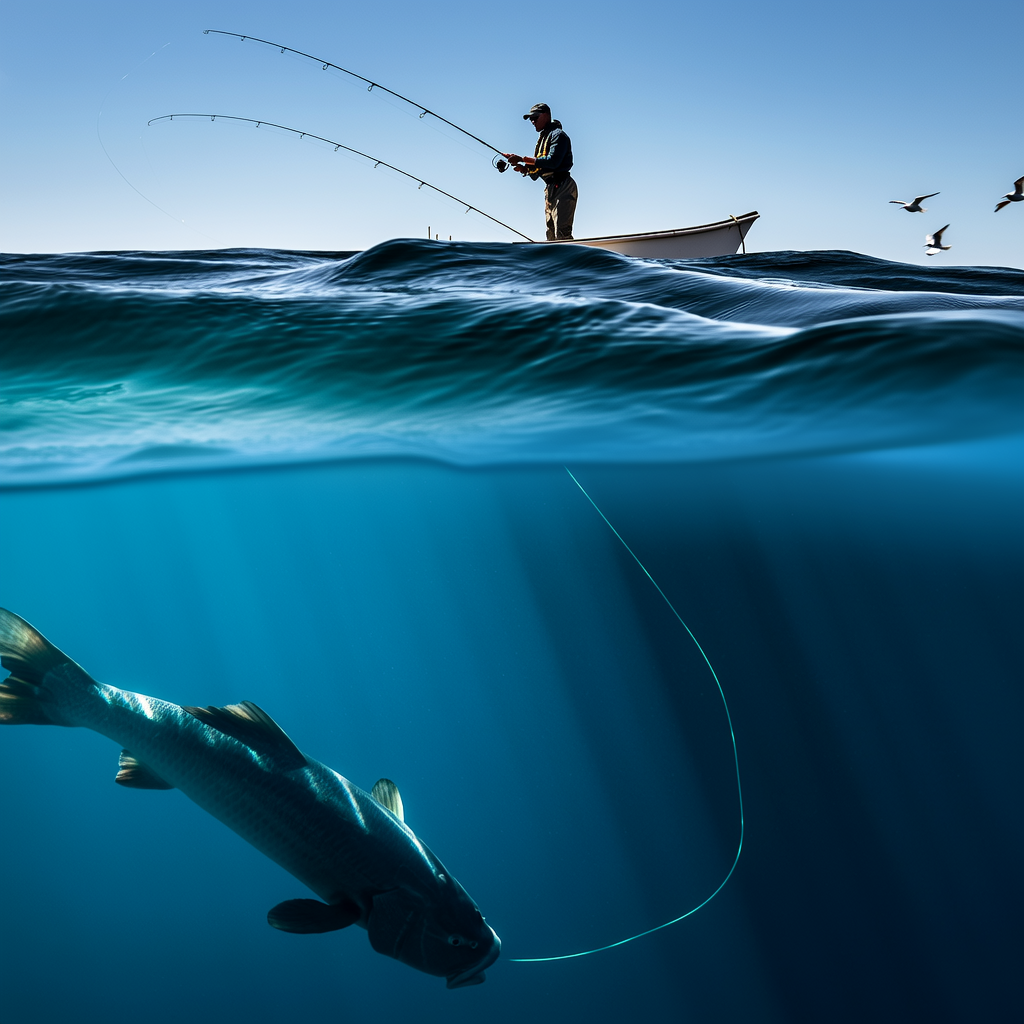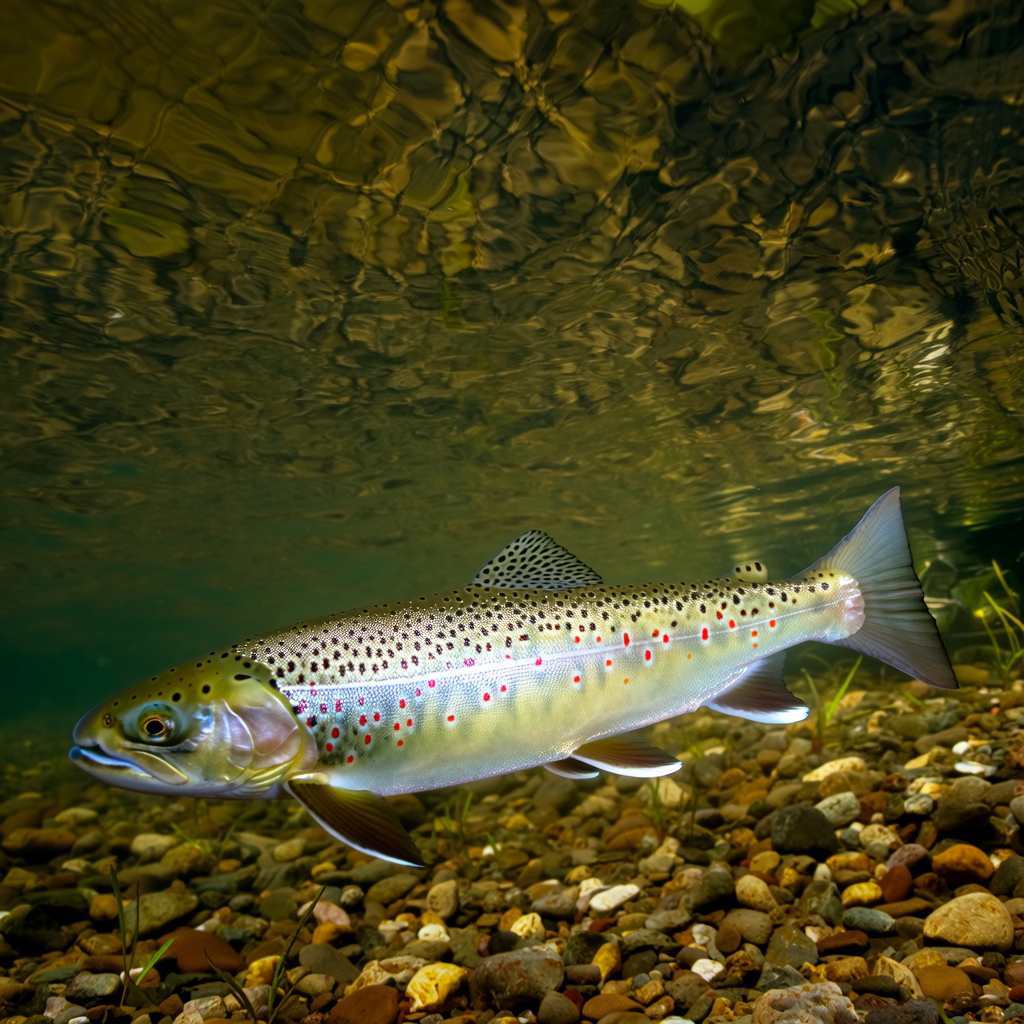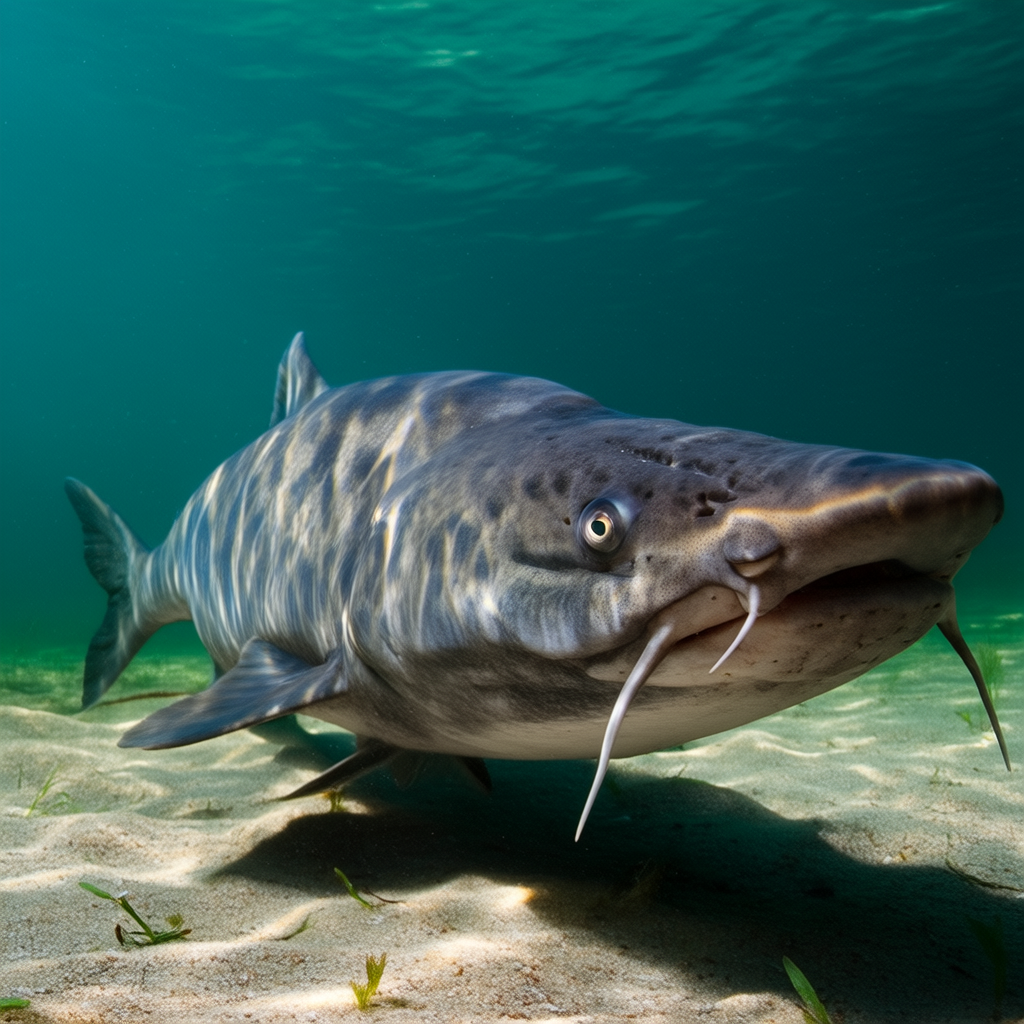Deep-Sea Fishing: A Comprehensive Guide for Enthusiasts
Deep-sea fishing is an exhilarating adventure that takes anglers far beyond the shorelines into the vast and mysterious depths of the ocean. This form of fishing offers a unique opportunity to encounter some of the most fascinating marine species in their natural habitat. Whether you’re a seasoned angler or a newcomer eager to explore the open waters, this guide will provide you with all the information you need to make the most out of your deep-sea fishing expeditions.
Understanding the Basics of Deep-Sea Fishing
What is Deep-Sea Fishing?
Deep-sea fishing refers to the practice of fishing in deep waters, typically miles away from the coastline. Unlike traditional shore or freshwater fishing, it involves navigating through large bodies of water and targeting species that inhabit deeper regions of the ocean. These areas are often rich in biodiversity, making each trip a potentially rewarding experience.
The Appeal of Deep-Sea Fishing
One of the primary appeals of deep-sea fishing lies in its unpredictability and excitement. Each cast could bring up a variety of fish, ranging from small reef dwellers to massive pelagic species like marlin, tuna, and shark. The thrill of not knowing what you might catch next keeps anglers coming back for more.
Environmental Considerations
Before embarking on a deep-sea fishing journey, it’s essential to consider the environmental impact. Responsible fishing practices help preserve marine ecosystems, ensuring that future generations can also enjoy the bounty of the seas. Always follow local regulations regarding catch limits and protected species.
Choosing the Right Equipment for Deep-Sea Fishing
Fishing Rods and Reels
Selecting the appropriate fishing rod and reel combination is crucial for successful deep-sea fishing. Heavy-duty rods with powerful reels are necessary for battling large, strong fish that inhabit deep waters. Look for rods made from graphite or fiberglass, as they offer strength and flexibility.
Reels should have a high line capacity and smooth drag systems to handle the tension when reeling in large catches. Spinning reels are versatile and easy to use, while baitcasting reels provide greater accuracy and control, especially when targeting specific spots.
Lines and Leaders
Using the right fishing line is vital for deep-sea fishing. Monofilament lines are popular due to their buoyancy and knot strength, but braided lines offer superior sensitivity and durability. For added protection against sharp teeth and abrasive surfaces, fluorocarbon leaders are recommended.
Lures and Baits
Effective lures and baits play a significant role in attracting fish in deep waters. Jigs, spoons, and plugs mimic the movement of prey, enticing predatory fish to bite. Natural baits such as squid, mackerel, and live baitfish are also effective, particularly when targeting larger species.
Electronics and Navigation Tools
Modern technology has revolutionized deep-sea fishing by providing tools that enhance efficiency and success. Fish finders use sonar to locate schools of fish beneath the surface, while GPS systems help navigate to prime fishing spots accurately.
Safety Tips for Deep-Sea Fishing
Weather Conditions
Checking weather forecasts before heading out to sea is paramount for safety. Sudden changes in weather can be dangerous, so always plan trips according to stable conditions. Avoid venturing out during storms or high winds, even if the forecast seems promising.
Life Jackets and Safety Gear
Wearing life jackets at all times is mandatory for everyone on board. Additionally, carrying emergency flares, signaling devices, and first aid kits ensures preparedness for unexpected situations. Familiarize yourself with basic survival skills and communicate regularly with the coast guard or nearby vessels.
Boat Maintenance and Preparedness
Regular maintenance of your fishing vessel is crucial for safe operation. Inspect engines, fuel systems, and electrical components before every trip. Ensure that communication devices, such as VHF radios, are functioning properly to stay connected with other boats and authorities.
Team Coordination and Communication
Good communication among crew members is key to a successful and safe deep-sea fishing trip. Assign roles and responsibilities clearly, and establish signals for emergencies or important actions. Practice drills regularly to ensure everyone knows how to respond quickly in critical situations.
Techniques for Successful Deep-Sea Fishing
Trolling
Trolling is one of the most common techniques used in deep-sea fishing. It involves dragging lures or baits behind the boat at varying speeds to mimic fleeing prey. Adjusting the depth and speed of the trolling line can attract different species based on their feeding habits.
Bottom Fishing
For anglers targeting bottom-dwelling species, bottom fishing is an effective method. This technique requires weights to keep the bait near the seafloor where fish such as grouper, snapper, and amberjack reside. Patience and steady reeling are essential for this approach.
Chumming
Chumming involves dispersing small pieces of bait into the water to create a feeding frenzy among fish. This attracts predators to the area, increasing the chances of a successful catch. However, excessive chumming can harm marine environments, so use it sparingly and responsibly.
Vertical Jigging
Vertical jigging is a dynamic technique that works well for active fish. By rapidly moving a weighted lure up and down in the water column, anglers simulate the erratic behavior of injured prey, enticing strikes from curious fish. This method requires skillful manipulation of the rod and reel.
Marine Life Encountered During Deep-Sea Fishing
Pelagic Species
Pelagic species, such as marlin, sailfish, and tuna, are highly sought after by deep-sea anglers. These fast-swimming fish roam the open ocean and require specialized tactics to catch. Their impressive size and strength make them challenging opponents, adding to the excitement of the sport.
Reef-Dwelling Fish
Reefs harbor a diverse array of fish species, including groupers, snappers, and parrotfish. These fish are often targeted using bottom fishing techniques, as they tend to congregate around structures like coral reefs or shipwrecks. Understanding their behaviors and habitats enhances the likelihood of a successful catch.
Migratory Patterns
Many deep-sea fish exhibit seasonal migratory patterns, moving between warmer and cooler waters depending on the time of year. Being aware of these movements helps anglers plan trips during peak seasons when certain species are more abundant and accessible.
Conservation of Marine Resources
As stewards of the ocean, anglers must prioritize conservation efforts to protect marine resources. Practicing catch-and-release methods for non-target species and adhering to sustainable fishing practices contribute to maintaining healthy fish populations.
Planning Your Deep-Sea Fishing Trip
Destination Selection
Choosing the right destination depends on the type of fish you wish to target and the overall experience you desire. Popular locations include coastal areas with access to deep waters, such as Florida Keys, Hawaii, and the Gulf of Mexico. Research local regulations and hire experienced guides if needed.
Time of Year
The best time for deep-sea fishing varies depending on the region and target species. Generally, spring and fall offer optimal conditions, with moderate temperatures and stable weather patterns. However, some species may be more active during summer months or winter migrations.
Group Size and Experience Levels
Consider the size of your group and individual experience levels when planning a deep-sea fishing trip. Smaller groups allow for more personalized attention, while larger parties can share costs and experiences. Pairing beginners with experienced anglers fosters learning and enjoyment for everyone involved.
Budget Considerations
Deep-sea fishing trips can vary significantly in cost, depending on factors like location, duration, and amenities offered. Budget accordingly for charter fees, fuel expenses, tackle rentals, and any additional services such as meals or lodging. Seeking discounts or package deals can help reduce overall costs without compromising quality.
Conclusion: Embrace the Adventure of Deep-Sea Fishing
Deep-sea fishing is more than just a pastime; it’s an adventure that connects us with nature and challenges our skills as anglers. By understanding the basics, selecting proper equipment, prioritizing safety, mastering techniques, and respecting marine life, you can fully immerse yourself in this rewarding activity. Whether you’re chasing trophy fish or simply enjoying the tranquility of the open sea, every trip holds the promise of discovery and unforgettable memories.
So gather your gear, assemble your crew, and set sail into the unknown depths of the ocean. The world of deep-sea fishing awaits, ready to test your resolve and reward your perseverance. With knowledge and preparation, you’ll embark on journeys that define the essence of true adventure.




